

This is part of a series of posts by students in OCAD’s Cities for People summer workshop (click the link to read a bit about what the class is about). This post was researched and written by Katie Felton, Nicol Bernstein + Kate Schuyler. Click here to see a larger version of their psychogeographic map of the area. The purple circle represents the abattoir smell radius. Illustration by Nicol Bernstein. All photos by Kate Schuyler.
![]()
The Year was 1793…
It is difficult to imagine that at one time what is now the Niagara Street area, sandwiched between modern Fort York and Wellington neighbourhoods, was the sort-of shoulder-bone of Old York during the 19th century. Niagara Street itself was laid down over 160 years-old, as a flowing curve that lined the banks of the now buried Garrison Creek. The Niagara Neighbourhood was considered a part of the Fort York military reserve, at a time when the Western-most reaches of York began at modern-day Peter Street and the Toronto Islands were still connected to our shoreline by a peninsula. The Fort at York was placed strategically at the base of the peninsula as an access point from the Toronto Bay. The settlement began just South of where Front Street is today and at the lower-end of Bathurst.
However, the city’s shorelines were later extended South by 900 metres using landfill methods, which brought drastic changes to public use of the Niagara area and became the heavily industrialized area we now know as the Lakeshore. With the dilapidation of the Old Fort and plans for a New Fort elsewhere, land lots in the area were sold to officers and the highest bidders, signifying the beginning of its now primarily residential land use.
Modern Niagara
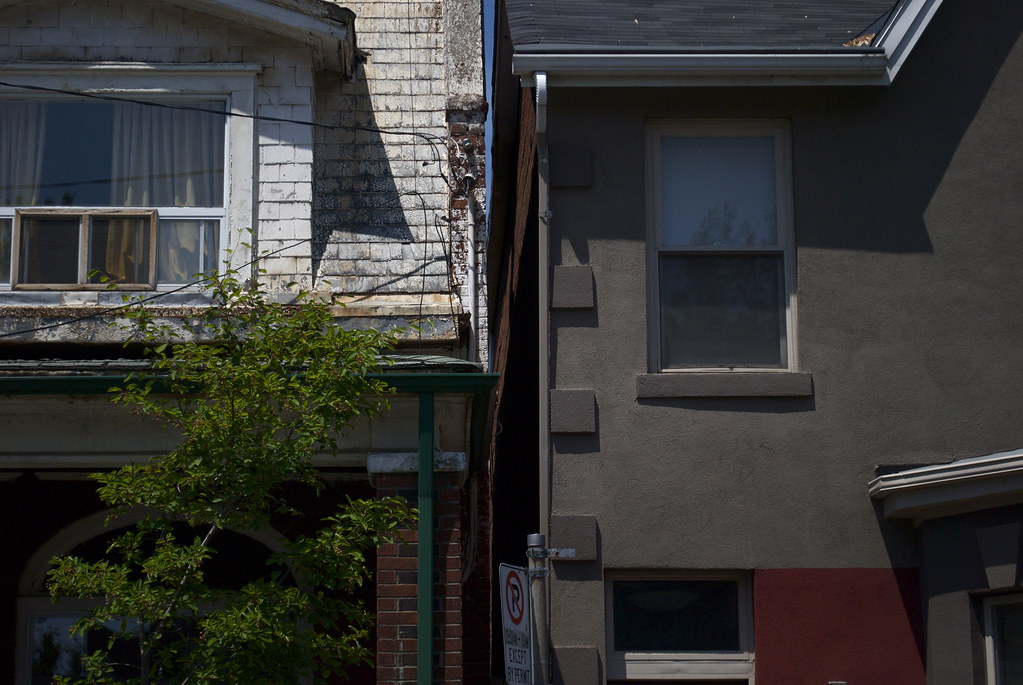
From its days of the military and trade routes, the Niagara hood has carried through as an enclave of rich history and development plans. Today, as a somewhat-secluded area from the bustle of major streets such as Queen and King, Niagara is home to many working-class families. It is tight-knit community with few local resources and even fewer, local businesses and gathering places. Most of the local communication occurs on various citizen-run blogs such as Niagara Neighbourhood Now (NNN), which is concentrated on posting development plans and informing on heritage rights.
Landscape Features
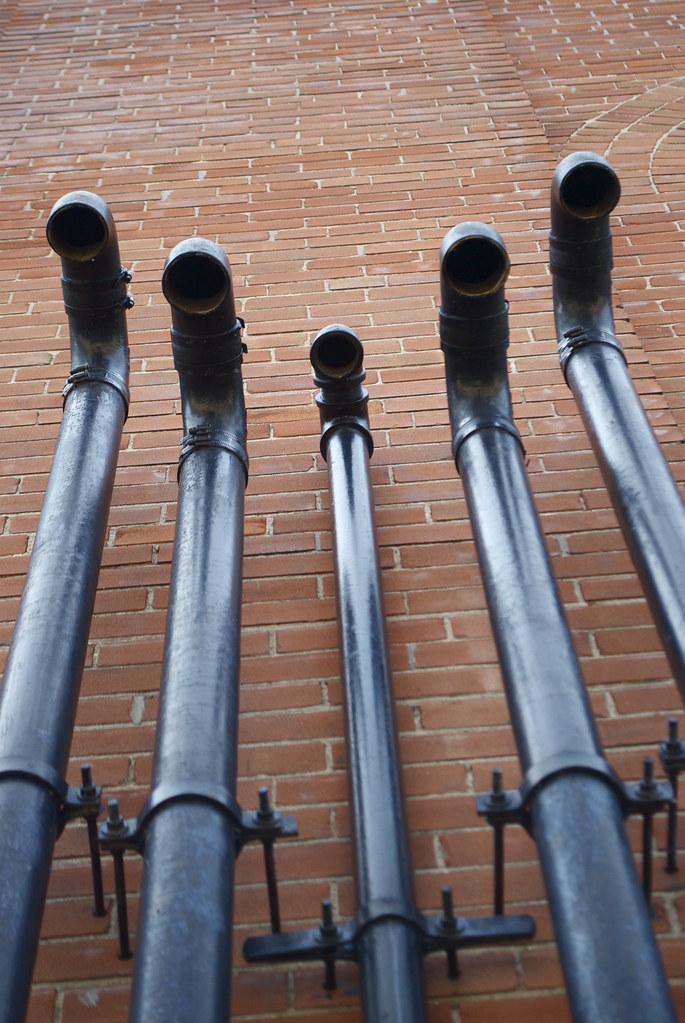
From our observations, we discovered several unique landmarks of the Niagara hood. As large and elaborate power lines balance precariously over small 1960’s shuttered homes on Tecumseth, a large red brick, somewhat theatrical, hydro-electric building stands opposite to several restored low-rise brick buildings turned into galleries and design studios for young entrepreneurs, spilling over from Queen Street.
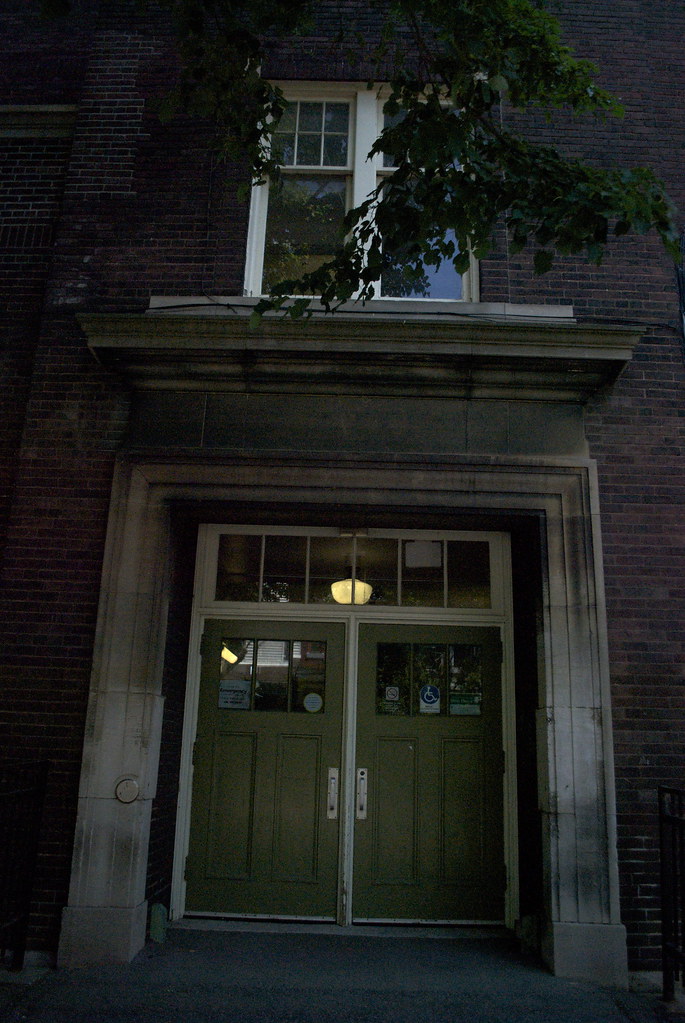
A single elementary school on Niagara remains the only of its kind and provides a patch of astro-turf for children to play on. Across from the school is the UFO Restaurant, a gem in the neighbourhood, selling everything from household solvents and corner-store candy to deep fried food and ice-cream cones. The best part about UFO is it is a rarely seen local small business within the community.
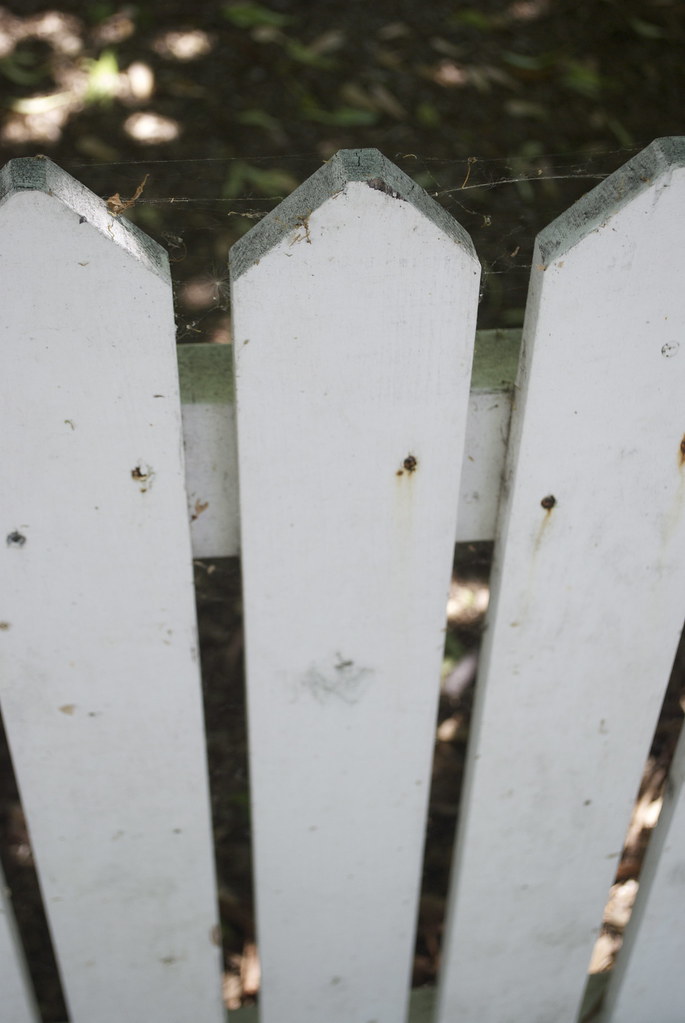
Moving South of King and Westward to Walnut Ave, there is the small, uninviting Niagara Street Community Center, positioned beside a run-down public pool and tennis courts in Stanley Park. Just to the south, conveniently located adjacent to the park and community center, is the most protected and arguably the most controversial landmark of the neighbourhood, the 100-year old civic abattoir structure, home to The Toronto Abattoir and Quality Meat Packers Ltd. Neighbours have long had a controversial relationship with the slaughterhouse and several articles have been published on the little-known landmark in light of the areas condo developments in the recent-years. The smell is quite strong on a sunny afternoon (as we discovered) and possibly hinders public use of the pool and park. Many older residents have compared it to a farm-smell on a good day that you get used to over the years, while many new condo buyers, who neglected to research their new neighbourhood, have found themselves downwind of the smell of dried blood and the sound of pigs squealing and are now locked into very public debate about the future of the institution.
The Old Neighbourhood Slaughterhouse

Interesting to note, however, that in a 2008 National Post article, then city councillor Joe Pantalone, stated that the abattoir had been there for over 100 years, predating the city’s official plan, and is perfectly legal. It provides many jobs and is not particularly unpopular amongst long-time residents of the community. As well, the abattoir provides inner-city butchers with a reliable and local place to source their meats from, which reduces transportation expenses. The land itself is privately owned by the business, according to Pantalone, and the only way to see its closure would be to buy out the owners for the estimated value of 100-million dollars for the land and compensation for lost revenues, including over 400 jobs that would be lost. It would be a great loss to the history and the spirit of the community. Archaic stigmas about slaughterhouses aside, the building can be seen as a stamp of Niagara’s character; in support of a good, old-fashioned, hard-work ethic and lacking in that hyper-sensitivity and censorship that the city-dwellers tend towards when it comes to such issues as how food ends up packaged on a grocery shelf. Perhaps there should be a call to a shift in thinking about these types of places from a horrific, walled-prison where cute animals go to die, to a necessary element of urban survival for the future?
Finding a medium between heritage and development
Recent developments in the Niagara area have become a bone of contention between residents, young entrepreneurs and contractors. A major issue is the money being invested into luxury condo developments and how that is changing the neighbourhood.
But there are several forces at work in the community to preserve and maintain the architectural history and character of the neighbourhood. There are also a few grand-scale developments occurring in the public realm. Stanley Park is undergoing revitalization, slated to begin in 2010, which includes an addition to the community center, new tennis courts, an off leash dog area, arboriculture, and several new landscaped entry points to the park and community center. Several community workshops were held to gather direct input from residents, who even sketched rough plans and ideas, in hopes that community will enjoy the park more if they had a hand in designing it.
As well, there are plans for a pedestrian & cyclist bridge that will connect Fort York Garrision Common area to the Niagara neighbourhood. The renderings are quite majestic but the concept is exclusively transitory. Higher volumes of cyclists and pedestrians will call for more destinations. Which brings us to our design problem: how do we make the Niagara-hood a destination, rather than a transition space between neighbourhoods? How do we prevent the heart of this neighbourhood for being lost in the shuffle of urban developments? A call to “save Niagara” is heavily encouraged on their blogs. Clearly, we need to turn up the volume on the voices of this neighbourhood.

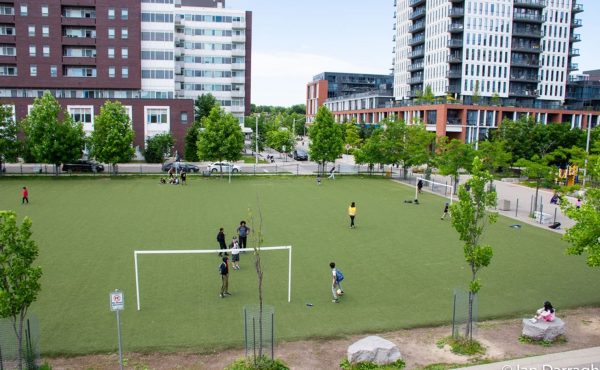

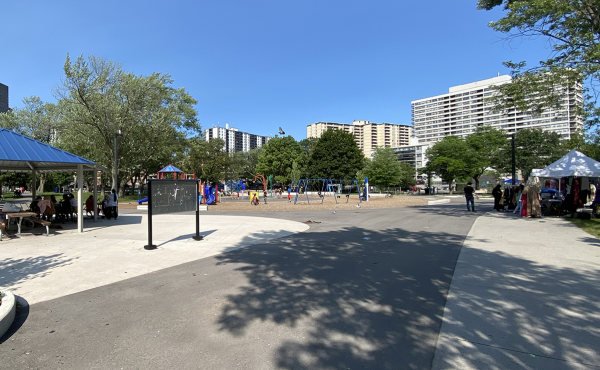
5 comments
These photos are great, very artistic, but I would appreciate one or two that showed a street corner, a wide angle including an entire building, or something else that gives me a sense of being on the street in the area.
Really great article. This is exciting work!
I hate to be the nitpicker, but as a former resident of Niagara Region it really grates me to see it misspelled. Correct and incorrect spellings (“Niagra”) interleave in this article — could you please fix them? Thanks!
Corrected, no longer interleaving the piece 🙂
I really enjoy these segments on Spacing. I recall last year there was a piece on East Chinatown (Gerrard & Broadview) that was really informative. Sometimes the neglected neighbourhoods are some of the most interesting.
I have my fingers crossed for a piece on Corktown next!
Very informative and insightful…I love learning about our neighbourhoods and what makes them tick. Great photos..really tells a great story.
Just one thing: do you need to refer to the Mental Health Centre as the former ‘lunatic asylum ? How about 999 Queen St.. or simply..former “mental health facility” ? The stigma around mental health issues has been hard to eradicate, so I hate to see such a negative label on your map..Thanks.